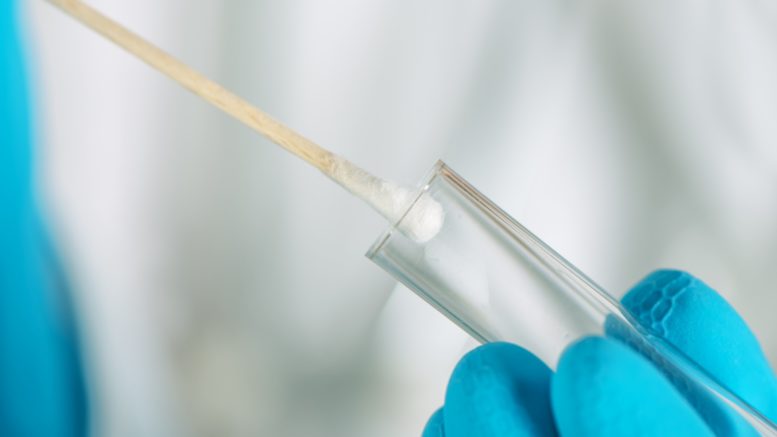The coronavirus disease 2019 (COVID-19) pandemic has compelled the rapid development and implementation of novel diagnostics to detect the causative virus, severe acute respiratory syndrome coronavirus 2 (SARS-CoV-2). One potential strategy to increase testing coverage is the secondary distribution of COVID-19 self-testing kits, whereby at-risk or infected individuals distribute test kits to contacts in their social network; this strategy has been successfully implemented to increase HIV testing. Furthermore, this strategy may be associated with improved contact tracing by facilitating case detection if test kits are distributed to contacts of infected individuals. Given the urgent need to increase COVID-19 testing coverage and contact tracing, Bien-Gund, et al. (2021) examined individuals’ motivation to self-test and to distribute self-test kits.
This survey study used data from Amazon’s Mechanical Turk (MTurk), an online platform that provides high-quality health-related data. The researchers limited participation to U.S. adults 18 years or older. The University of Pennsylvania institutional review board reviewed and approved this study and granted a waiver of informed consent because the research presented no more than minimal risk of harm to participants and involved no procedures for which informed consent is normally required. This study followed American Association for Public Opinion Research (AAPOR) reporting guideline.
Participants were given information about self-test kits and an explanation of how the kits were to be used. We used 6-point scales (1 indicating extremely unlikely and 6 indicating extremely likely) to measure levels of motivation to do the following: (1) distribute self-test kits to contacts if the individual tested positive, (2) self-test if the individual received a kit from a potentially infected contact, and (3) order a free self-test kit online if exposed to COVID-19. We dichotomized levels of motivation (1-3 vs 4-6) and used logistic regression to assess the association between motivation and specific sociodemographic characteristics (age, income, gender, race/ethnicity, marital status, and education). All tests were 2-sided, and statistical significance was set at P < .05. Analyses were performed using Stata, version 15.1 (StataCorp LLC).
In a sample of 586 adults, 350 (59.7%) were male and the median age was 35 years (interquartile range [IQR], 29-42 years) (Table). Motivation to perform each of the self-testing activities was high: 526 of 584 respondents (90.1%) were motivated to distribute self-testing kits to contacts (median score, 5; IQR, 4-6), 503 of 584 (86.1%) were motivated to self-test if given a kit from a potentially infected contact (median score, 5; IQR, 4-5), and 482 of 582 (82.8%) were motivated to order a self-test kit online (median score, 5; IQR, 4-5).
In multivariable analyses, motivation to distribute self-test kits was associated with above-average income (vs below-average income: adjusted odds ratio [aOR], 3.04; 95% CI, 1.26-7.32) and completion of college (vs high school or less: aOR, 3.43; 95% CI, 1.12-10.50). Both motivation to self-test after receiving a test kit from a potentially infected contact and motivation to order a self-test kit online were associated with above-average income (vs below-average income: aOR, 4.15 [95% CI, 1.87-9.25] and 4.7 [95% CI, 2.25-10.10], respectively) and Hispanic ethnicity (vs non-Hispanic White ethnicity; aOR, 2.36 [95% CI, 1.25-4.44] and 1.93 [95% CI, 1.07-3.48], respectively).
Reference: Bien-Gund C, et al. Factors Associated With US Public Motivation to Use and Distribute COVID-19 Self-tests. JAMA Netw Open. 2021;4(1):e2034001. doi:10.1001/jamanetworkopen.2020.34001

Be the first to comment on "Factors Associated With U.S. Public Motivation to Use and Distribute COVID-19 Self-tests"